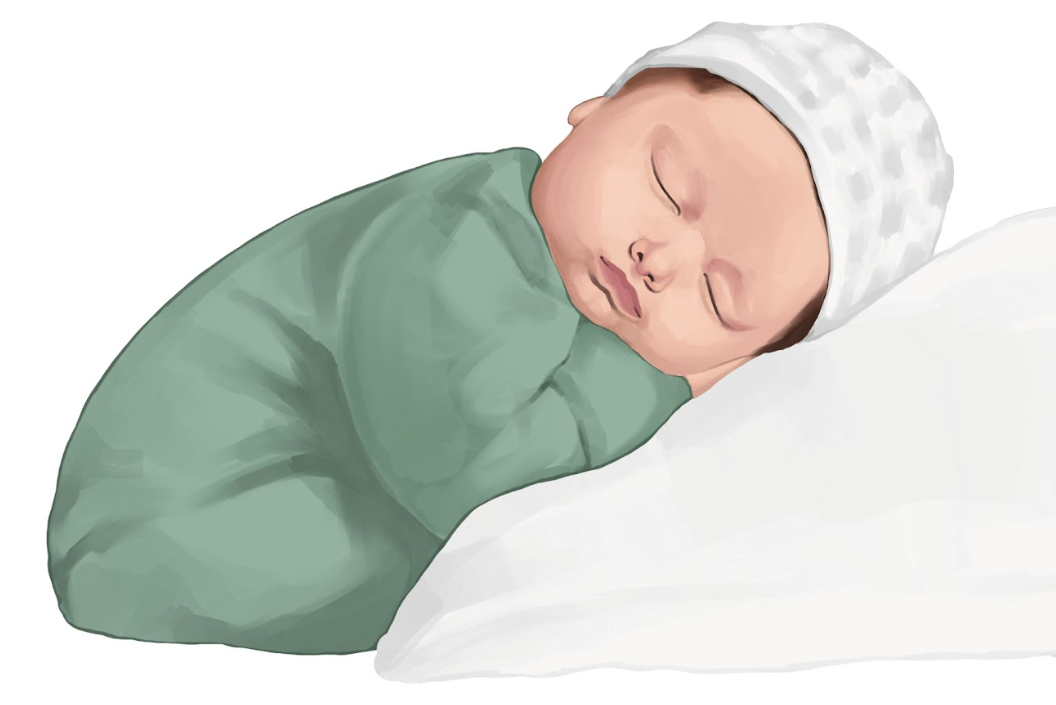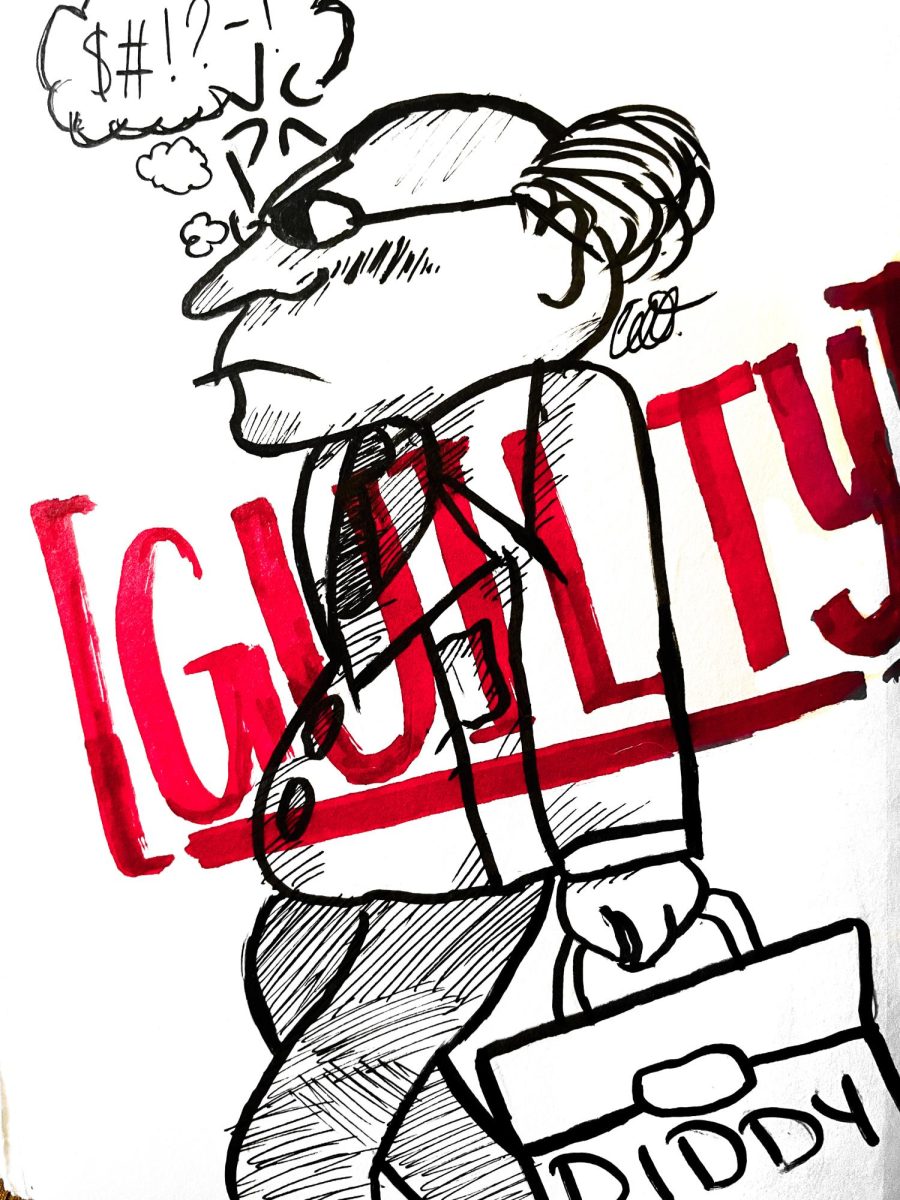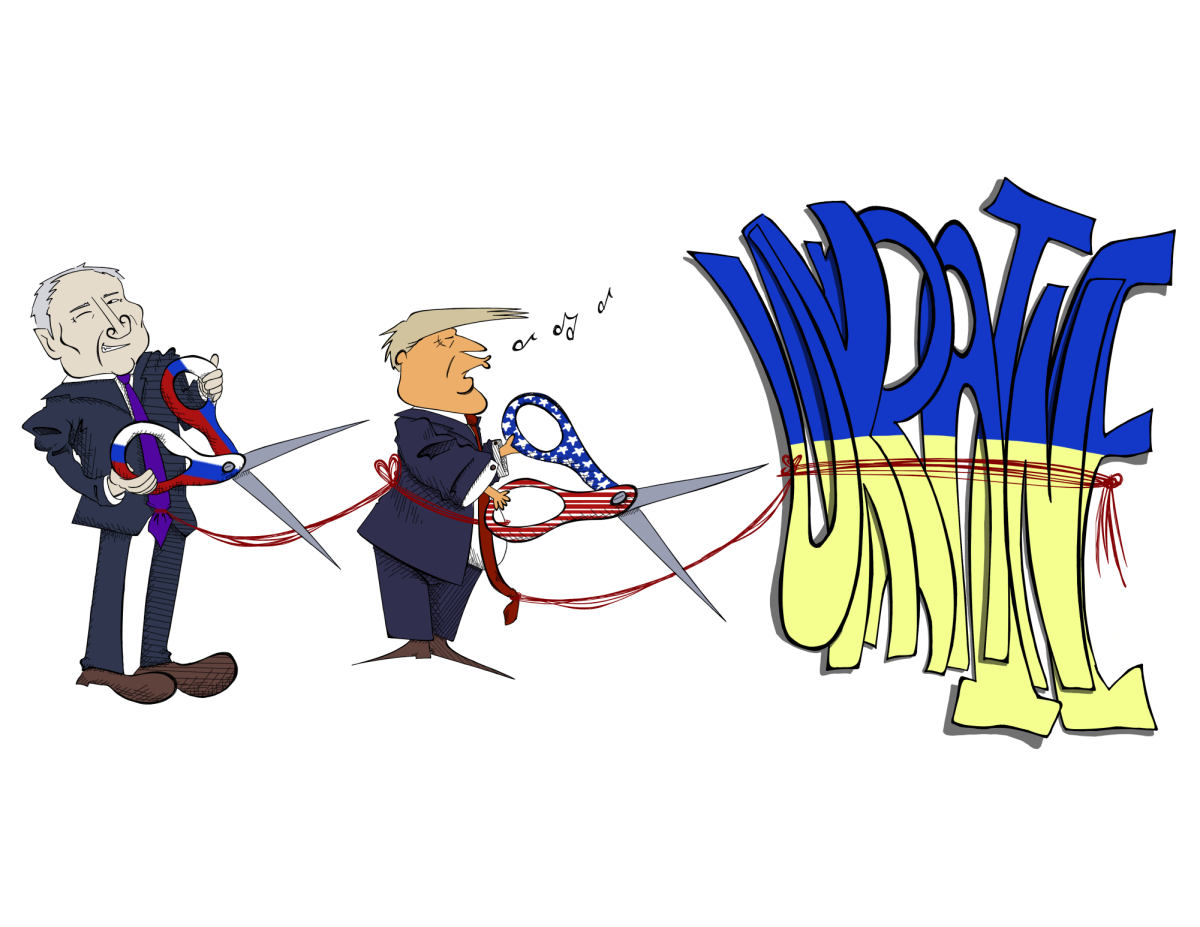The unprecedented refusal of Republicans in Congress to consider, or even meet with, Merrick Garland, Obama’s pick for the Supreme Court, was followed by the Democrats’ lack of objection of Neil Gorsuch, Trump’s nomination for the Supreme Court.
A bevy of similar submissions have been displayed by the Democrats. Most notably, the cabinet picks that Democrats considered ill-founded passed hearings with with flying colors.
After heated discussions regarding conflicts of interest and money management, Rex Tillerson for Secretary of State and Ben Carson for Secretary of Housing and Urban Development were voted in.
Demonstrations of support for both sides of America’s post-election debates have made their way onto UTSA’s campus in differing ways.
From the travel ban protests in the Sombrilla to the shirtless man running through campus with a Trump flag in tow, many students are getting political.
While the general public fill the streets, trying to make their voices heard, the Democratic party has been docile.
Partisan play is aggressive, and Democrats are seemingly uninterested in showing up to the game.
The Democrats have not recovered from their loss of the House, Senate, White House and 70 percent of state legislatures.
Standing one’s ground is crucial in times of uncertainty. Without concrete footing, the partisan sport lacks competition, and the electorate isn’t getting the balanced political debate it deserves.
Whether a side is right or wrong, their platforms agenda requires action to coalesce. With that said, the Democratic establishment requires close examination. Reserve and tentative action have no place in the fast paced world of American politics.
The established Democrats’ script of submission must change, or its base will create an alternative.
In the 2016 general election, 50 percent of eligible young people voted — that’s about 24 million youth, ages 18-29. According to PEW’s exit polls, voting among young people has increased over the past two decades, dipping again in 2012: 37 percent in 1996, 41 percent in 2000, 47 percent in 2004, 52 percent in 2008 and 50 percent in 2012. Comparing the 2016 general election with the 2012 general election, 55 percent of young people voted for Clinton and 66 percent voted for Obama. This dip is an 11 point decrease in just four years.
Democrats have relied on enthusiastic, young voters to turn up for them at the polls, but if they don’t care to court the youth vote, they can expect to lose again in 2020.














